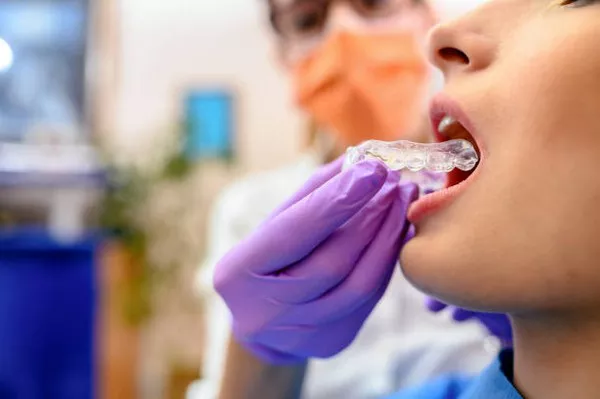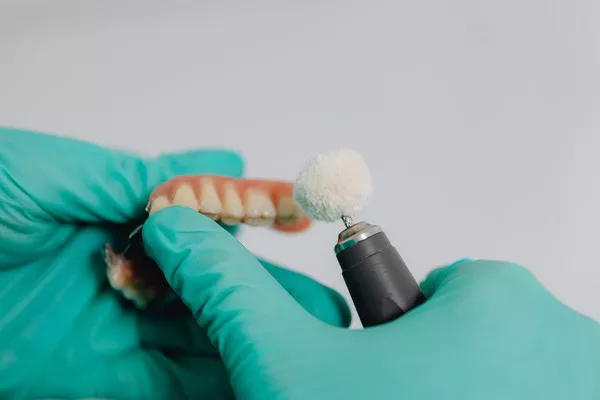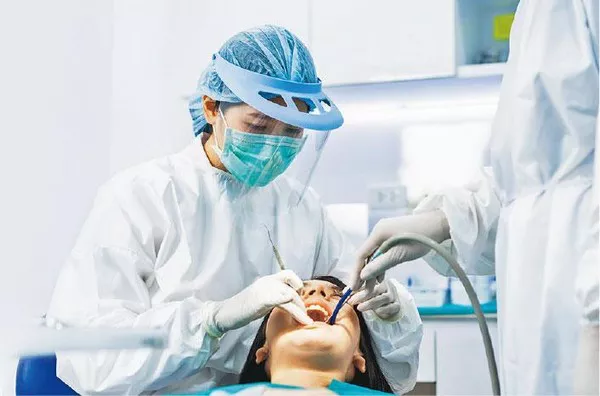Disclaimers & Warnings
Professional Guidance is Essential
Removing orthodontic glue without professional guidance is not recommended. Attempting to do so can result in significant damage to your teeth, gums, and orthodontic appliances. The glue used in orthodontic treatments is designed to be strong and durable, and improper removal techniques can cause fractures, chips, or even loss of tooth enamel. Additionally, attempting to remove the glue on your own can lead to misalignment of braces or other orthodontic devices, compromising the overall treatment.
Educational Purposes Only
The information provided in this article is for educational purposes only and should not be considered a substitute for professional advice. Always consult with your dentist or orthodontist before attempting to remove orthodontic glue or make any changes to your orthodontic treatment. They have the necessary tools and expertise to safely and effectively manage the removal process.
Understanding the Glue
Types of Orthodontic Glue
Orthodontic glue, also known as dental adhesive or cement, is specifically formulated to bond brackets and other orthodontic appliances to the teeth. There are various types of orthodontic adhesives, including:
Resin-based adhesives: These are commonly used due to their strong bonding properties and resistance to moisture.
Glass ionomer adhesives: These provide a good bond and release fluoride, which helps in preventing decay around the brackets.
Properties of Orthodontic Glue
Orthodontic glue is designed to be:
Strong and durable: To hold brackets and appliances in place throughout the duration of treatment.
Moisture-resistant: Ensuring the bond remains secure even in the moist environment of the mouth.
Removable: Though durable, the glue can be removed by professionals without causing damage to the enamel when the orthodontic treatment is complete.
The adhesive’s strong bonding properties make it challenging to remove without the proper tools and expertise, underscoring the importance of professional assistance.
Methods for Removing Orthodontic Glue
Professional Assistance
The safest and most effective way to remove orthodontic glue is to seek professional assistance from a dentist or orthodontist. They use specialized tools and techniques to remove the adhesive without damaging your teeth or orthodontic appliances. Here’s what you can expect during a professional removal:
Assessment: The orthodontist will examine your teeth and the remaining glue to determine the best approach for removal.
Tools: Special dental instruments, such as scalers and polishers, are used to gently and precisely remove the adhesive.
Polishing: After the glue is removed, the teeth are polished to restore their smooth surface and appearance.
DIY Methods: Risks and Limitations
While it is strongly advised to avoid DIY methods, some individuals might still consider them due to convenience or cost concerns. Here are some common DIY methods, their limitations, and the associated risks:
Household Tools (Not Recommended)
Using household tools like tweezers, nail files, or other abrasive items is highly discouraged. These tools are not designed for dental use and can easily cause damage to the teeth and gums.
Over-the-Counter Products (Limited Effectiveness)
Some over-the-counter products claim to help remove adhesive residues. These include:
Orthodontic wax remover tools: Designed to remove food and plaque, but not effective for hardened glue.
Dental picks: Often too sharp and can damage enamel if not used properly.
DIY Method: Clear Instructions
If you absolutely must try a DIY method, proceed with extreme caution. Here is a method using a dental scaler, which is a tool designed for plaque removal:
Tools and Materials Needed
- Dental scaler (available at pharmacies)
- Dental mirror
- Good lighting
- Soft-bristled toothbrush
- Fluoride toothpaste
- Fluoride mouthwash
Step-by-Step Instructions
Preparation: Wash your hands thoroughly and ensure the tools are clean.
Lighting: Position yourself in a well-lit area and use a mirror to see clearly.
Scaling: Gently use the dental scaler to scrape off the glue. Use minimal pressure to avoid damaging the enamel.
Brushing: After scaling, brush your teeth with a soft-bristled toothbrush and fluoride toothpaste to remove any remaining residue.
Rinsing: Rinse your mouth thoroughly with fluoride mouthwash to clean the area and help strengthen enamel.
Caution: This method carries a high risk of damaging your teeth. It is always best to seek professional help.
See Also: What Are Orthodontic Braces Materials
Aftercare Instructions
Post-Removal Care
After removing orthodontic glue, whether professionally or through a DIY method, it is crucial to take proper care of your teeth and orthodontic appliances:
Rinse with Fluoride Mouthwash: Fluoride mouthwash helps strengthen enamel and prevent decay.
Soft-Bristled Toothbrush: Use a soft-bristled toothbrush to avoid irritating the gums and to clean teeth gently.
Avoid Hard Foods: Refrain from eating hard, crunchy, or sticky foods that could damage your teeth or braces.
Regular Dental Checkups
Maintaining regular dental checkups is essential to monitor your dental health and the effectiveness of your orthodontic treatment. Your dentist can provide professional cleanings and check for any issues that might arise after glue removal.
Additional Tips
Preventing Glue Buildup
To minimize the buildup of glue and ensure the longevity of your orthodontic treatment:
Follow Orthodontist’s Instructions: Adhere to the care instructions provided by your orthodontist.
Avoid Hard and Sticky Foods: Foods like caramel, popcorn, and nuts can dislodge brackets and contribute to glue buildup.
Good Oral Hygiene: Brush and floss regularly to keep your teeth and braces clean.
Identifying Problems
It is crucial to recognize signs of potential issues with your orthodontic appliances:
Loose Brackets: If a bracket feels loose, contact your orthodontist immediately.
Pain or Discomfort: Persistent pain or discomfort should be addressed by a professional.
Changes in Tooth Alignment: Any noticeable changes in the alignment of your teeth or bite should be evaluated by your orthodontist.
Finding a Qualified Orthodontist
If you are seeking professional help for glue removal or other orthodontic issues, finding a qualified orthodontist is key:
Referrals: Ask for recommendations from your dentist, friends, or family.
Research: Look for orthodontists with good reviews and professional credentials.
Consultations: Schedule consultations with a few orthodontists to find one you are comfortable with.
Conclusion
Removing orthodontic glue is a delicate process that should ideally be handled by a professional to avoid potential damage to your teeth and orthodontic appliances. While DIY methods are available, they carry significant risks and are not recommended. Proper aftercare and regular dental checkups are crucial to maintaining your dental health post-removal. By following professional advice and taking good care of your teeth, you can ensure the success of your orthodontic treatment and enjoy a healthy, beautiful smile.
You Might Be Interested In



























